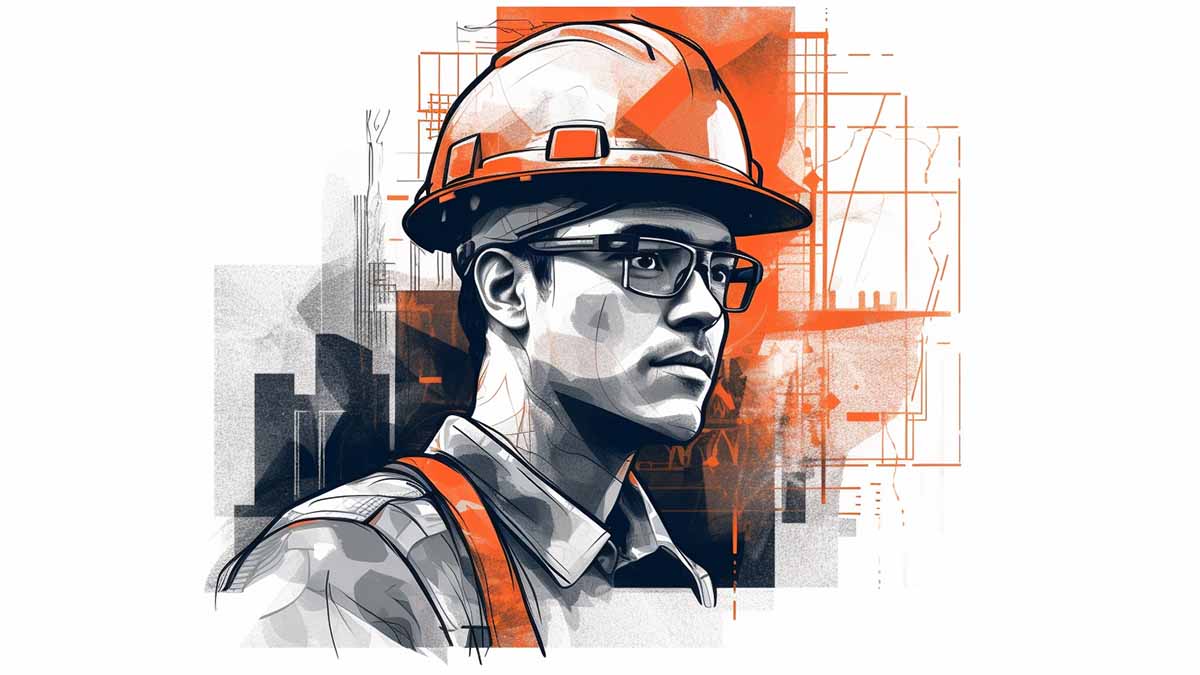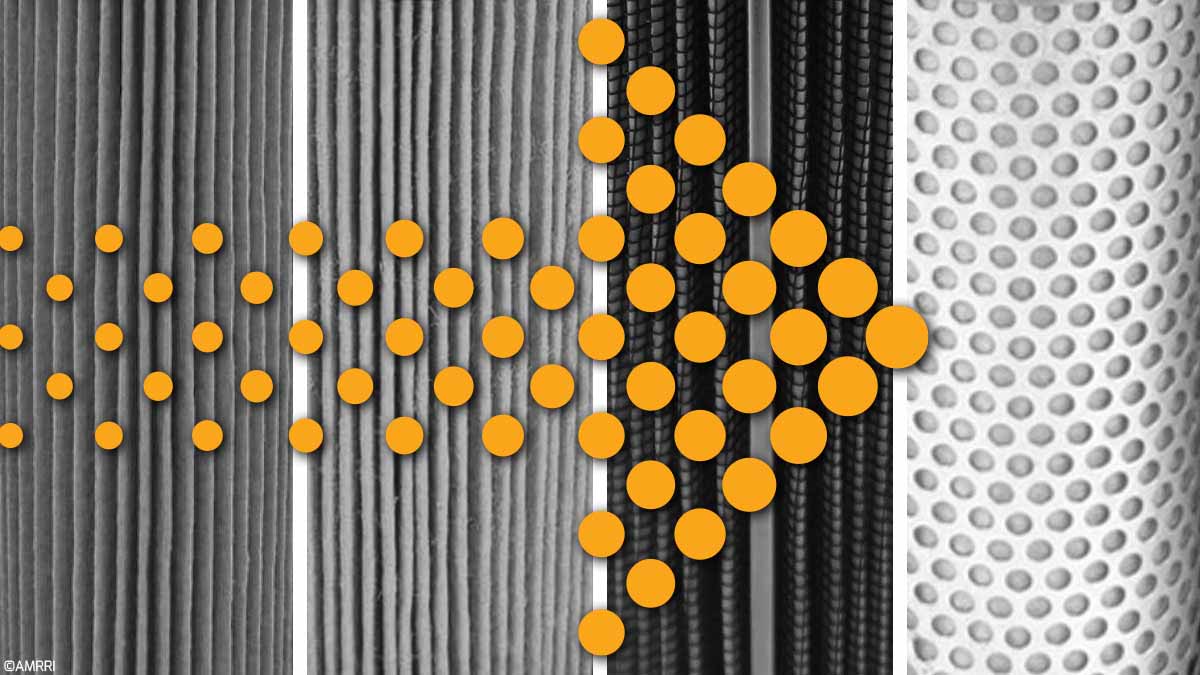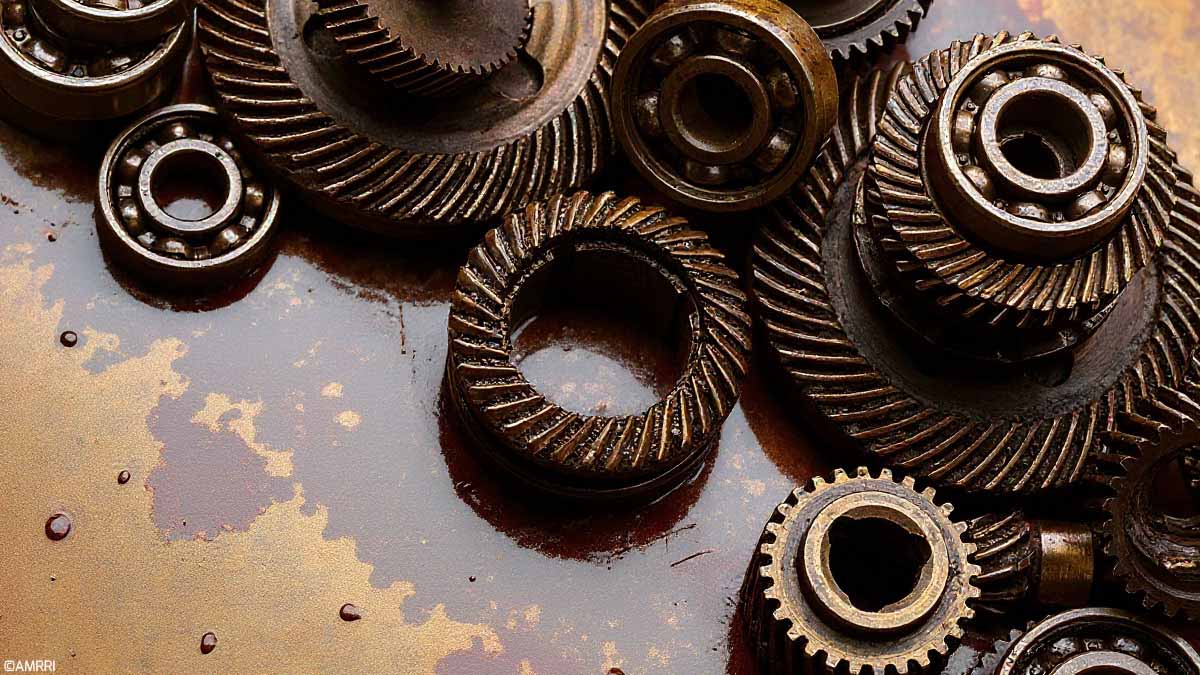Many years ago, I wrote a book entitled The Death of Reliability, Is it too late to resurrect the one true competitive advantage? I wrote the book because of my growing concern that we are losing the experience and skills necessary to deliver reliability.
It is not just my opinion. There is a public outcry about the loss of skilled trades in the United States and the impact this is having on the industry. Famously, Mike Rowe of Dirty Jobs had testified before Congress about this topic. He points to the onslaught of naysayers across many lines that are contributing factors.
He highlights the “no child left behind” initiative that greatly emphasized college education over skilled trades. It was a mantra First Lady Laura Bush started and echoed by parents, teachers, and media.
It is so prevalent in education, not because it is correct, but because it drives revenue to these institutions. The loss of education of our children to indoctrination is a foundational aspect of this erosion.
President Donald Trump also identified the crisis facing the skilled trades industry when he directed the Secretary of Labor to impanel a group to address this. The panel focused on apprenticeship training in the industry as an answer, but the Secretary failed to select the right resources to address the issue.
He impaneled a bunch of CEOs from companies who did not have apprenticeship programs and failed to recognize the vital need. Many of the other members of this panel were from academia, and their interests were not to assist in apprenticeships but to maintain the status quo of their revenue stream.
Finally, the unions were asked to participate and were part of the problem. The union’s inept management of their groups and watering down these programs have led to the crisis.
So, without actual skilled trades journeymen, organizations are turning towards consultants. This has accelerated the death of reliability because 96% of these “experts” are frauds.
The duty of journeyman skills tradespeople is the education of the next generation. To this end, it is my duty to alert consumers about another alarming trend in reliability. I have repeatedly stated that 96% of all reliability consultants are not qualified.
This is not my assumption; it is the findings of a century of research into top management and its composition. The results of these studies show that less than 4% of leaders have any qualifications in reliability. Despite this, many unqualified leaders decide to open consulting firms or join others and mislead clients about their capabilities.
The Private Equity Takeover and its Consequences
Now there is another issue. The few qualified firms are selling out to more prominent venture capitalists or private equity-backed groups masquerading as smaller organizations. Even firms with some of the pioneers in reliability are now nothing more than mascots.
The modern private equity industry has its roots tracing back to 1946, and since then, it has traversed four significant eras, each punctuated by three cycles of prosperity and decline.
The nascent stages of private equity, spanning 1946 to 1981, were defined by minimal investment volumes, primitive firm structures, and a lack of widespread understanding or knowledge of the industry. This resulted in minor disruptions to the US industrial fabric.
The initial wave of prosperity and subsequent downturn, which stretched from 1982 to 1993, witnessed a sudden escalation in leveraged buyout operations funded by high-yield bonds, and this period peaked with the sizable acquisition of some landmark companies, followed by a near implosion of the leveraged buyout sector in the late 1980s and early 1990s.
This event marked the beginning of a downturn in the US industry, shifting from value and quality towards a scenario where bankers drove companies towards ruin.
The subsequent cycle of boom and bust, lasting from 1992 to 2002, rose from the ruins of the savings and loan crisis, insider trading controversies, the collapse of the real estate market, and the recession that marked the early 1990s.
This era was marked by the rise of more institutionalized private equity firms, culminating in the immense dot-com bubble of 1999 and 2000. This further resulted in industry collapse and forced a move towards technology. The loss of experience and skills led to digital and virtual nonvalue offerings.
The infiltration of technology into leadership has done some of the most significant damage.
It replaced leadership and ownership with management and emails. This is seen when you see the leaders sitting behind their desks typing on a computer and no longer out on the plant floor leading.
During this period, we saw the most significant accelerated decline in industry. The third boom and bust cycle (from 2003 through 2007) came after the dot-com bubble’s collapse—leveraged buyouts reached an unparalleled size, and the institutionalization of private equity firms is exemplified by the Blackstone Group’s 2007 initial public offering.
Since 2007 we have seen an accelerated decline in value and quality across the US industry in favor of quick short-term profits. Along with this migration, we have seen companies once run by qualified people who earned their position by working their way up the chain of command to lawyers and bankers looking to hop from company to company and leaving the latter in ruins.
The key here is that private equity is described as periods of boom and bust cycles because the bankers see the boom side of making money off of you, and you get to feel the bust side of losing money because of them.
In its early years to roughly 2000, the private equity and venture capital asset classes were primarily active in the United States. With the second private equity boom in the mid-1990s and the liberalization of regulation for institutional investors in Europe, a mature European private equity market emerged.
You will be surprised by what you find if you do the due diligence. Most organizations are little more than non-value-added fronts for venture capitalists. If you need help identifying these, please give me a call. I have a list of organizations that will surprise you.
The more significant issue is that clients are not doing their due diligence to identify these posers. They fall victim to the marketing hype of these venture capitalists and end up no better off and, in most cases, worse off than they were.
This gives them a bad taste for the 4% of firms led by truly qualified reliability professionals working to help organizations who lack the leaders with the experience and skills but know they need to improve their reliability.
Finding Qualified Reliability Professionals
When a client asks me how they verify they have found someone in the 4%, I tell them to investigate the consultant. First, what is their background? Are the senior leaders of the organization skilled tradespersons? The venture capitalists are bankers, marketing, businesspeople, etc. This will eliminate the most significant percentage of consultants.
Look to see who owns the firm. Don’t just select a familiar name or one that may have been used previously. Most of the firms with longevity founded by icons are no longer owned by the founders. While the founder may be involved in name, it is a contractual agreement with the bankers to mislead the client base.
Most contracts include a 1-3 year agreement to masquerade as the older company to ensure the bankers get their investment back. Nothing in these agreements has anything to do with value or providing clients with reliability. It is about bankers making money.
Another red flag is that if you believe you are getting the principal when you contract with these shell groups, the person who shows up is not them. You may get the icon during the sale presentation, but you never get them when the work starts.
Research the person doing the work on your site. Verify their stated advanced education. A simple Google search will show you many of the advanced credentials advertised by leading consultant groups/companies, are paper mills. Look into the accreditation of the schools if the education or title is important. You will be surprised.
Another easy verification is work experience. If the consultant has only worked as a consultant for a decade, there is no experience or trade skill.
Have they done the work that they profess to be an expert at? Have they turned a wrench, troubleshot equipment, planned, scheduled, worked as a reliability engineer, supervised, or led a department, team, or program, or are they someone who was given a title or has a college degree that means little to reliability qualifications? Many makeup titles like reliability or lubrication engineer; however, neither degree exists.
They are sales ploys to mislead you as to their nonexistent qualifications.
The smoke and mirrors that most consulting firms hide behind is an overpromised and under-delivered result.
They are masters at convincing their clients they achieved the desired result. In reality, they manage your expectation to the watered-down version of their playbook.
They attempt to force your (round) organization into their (square) hole. They force you into a nonvalue-added result and use smoke to give the illusion of success. Bottom-line is despite all the pomp and circumstance, your organization sees no real change in reliability.
They water down the goals and objectives, and because clients are reluctant to admit they were taken, the repeated failures of prominent venture capitalists and private equity-backed firms are hiding in plain sight.
Why does this matter? More than 50% of a company’s expense is maintenance and reliability. At the same time, only 4% of organizations have a leader qualified by experience and skills to lead reliability. So, the other 96% of organizations must do the hard work to identify the 4% of consultants with the expertise and skills to deliver.
In reference to my book, written years ago, I am afraid to admit that we are witnessing the death of reliability. It is happening for all the reasons listed above, and I wonder if the 4% has the time left to turn this around.
I know this article will be met with a lot of resistance. I would guess that 96% of the folks that take issue with my comments and facts do so because it hit close to home.









